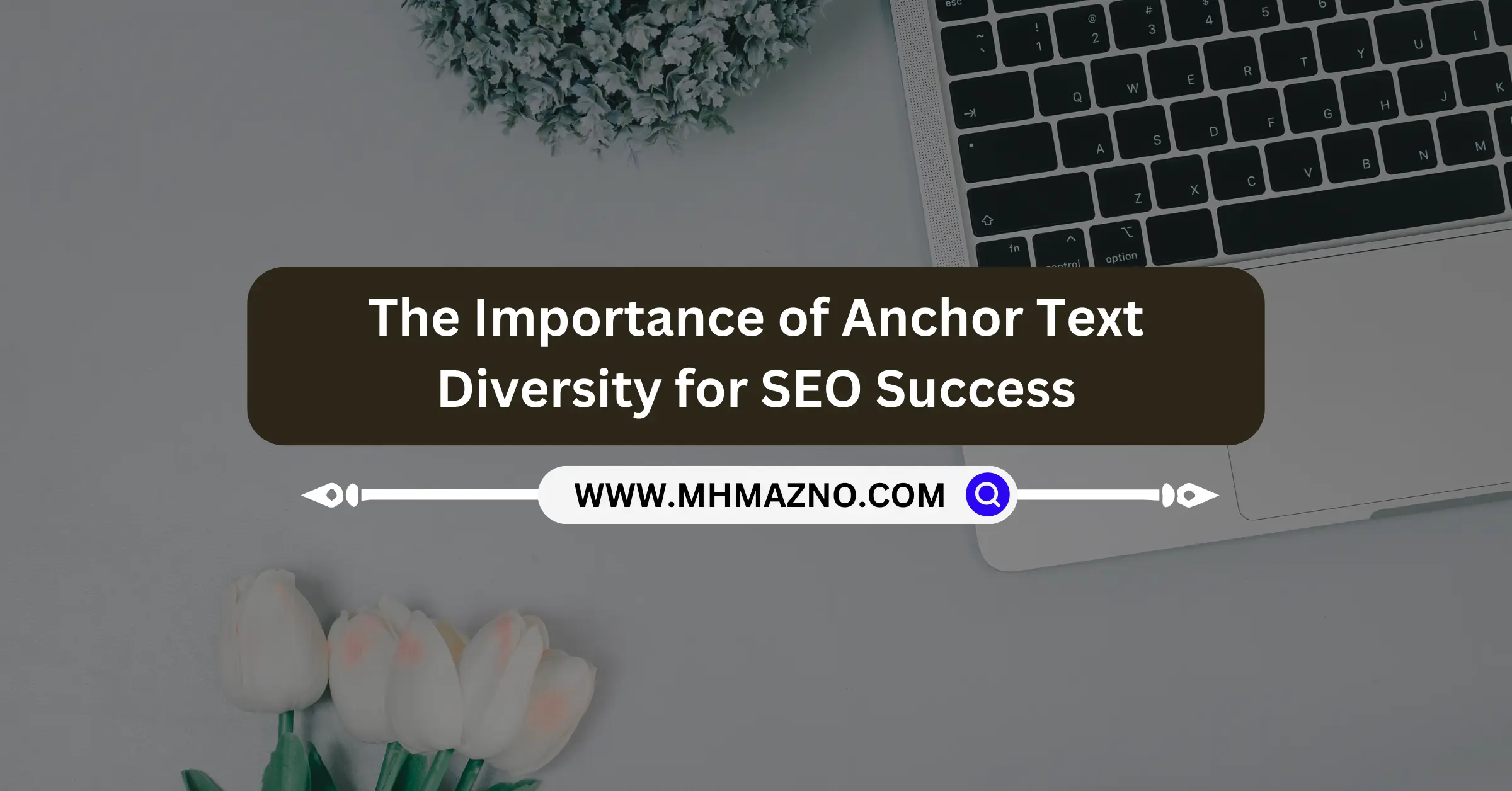In the realm of search engine optimization (SEO), the significance of anchor text diversity cannot be overstated. Anchor text serves as the clickable text in a hyperlink, and its diversity plays a vital role in determining a website’s visibility and ranking on search engine results pages (SERPs). This article explores the importance of anchor text diversity for SEO success and provides actionable insights to optimize your website’s performance.
1. Understanding Anchor Text Diversity
Anchor text diversity refers to the practice of using a variety of anchor text types and keywords when linking to a website. It involves incorporating different phrases, keywords, and variations to create a natural and organic link profile.
2. Enhancing Relevance with Branded Anchor Text
Branded anchor text includes the brand name or variations thereof. Using branded anchor text helps establish brand identity and enhances relevance, particularly when linking to the homepage or branded content.
3. Leveraging Exact Match Anchor Text Sparingly
Exact match anchor text involves using the exact keyword or phrase targeted for ranking. While it can provide a significant SEO boost, overusing exact match anchor text can trigger spam signals to search engines. Hence, it’s crucial to use it sparingly and strategically.
4. Incorporating Partial Match Anchor Text
Partial match anchor text contains variations or partial phrases of target keywords. This approach allows for greater flexibility while maintaining relevance and SEO effectiveness. It’s essential to incorporate a diverse range of partial match anchor text to create a balanced link profile.
5. Utilizing Generic and Brand-Neutral Anchor Text
Generic anchor text, such as “click here” or “read more,” may not contain specific keywords but can still contribute to a natural link profile. Similarly, brand-neutral anchor text, like “visit our website,” provides additional context without focusing on keywords, promoting a more diverse linking strategy.
6. Exploring LSI Keywords in Anchor Text
Latent Semantic Indexing (LSI) keywords are terms related to primary keywords. Integrating LSI keywords into anchor text can improve semantic relevance and contextuality, signaling to search engines the topical relevance of linked content.
7. Balancing Follow and No-Follow Links
While follow links pass authority and contribute to SEO rankings, incorporating a mix of no-follow links is essential for a natural link profile. No-follow links signal to search engines that the linked content may not be directly endorsed, promoting authenticity and diversity.
8. Diversifying Anchor Text Placement
Varying the placement of anchor text within content helps distribute link equity evenly across the website. Incorporate anchor text in headers, body content, and image captions to maximize visibility and SEO impact.
9. Monitoring and Adjusting Anchor Text Strategy
Regularly analyze anchor text distribution and performance metrics using tools like Google Analytics and Search Console. Adjust the anchor text strategy based on insights to optimize for improved SEO success.
10. Emphasizing User Experience and Engagement
Beyond SEO benefits, anchor text diversity contributes to a positive user experience by providing clear navigation and contextually relevant links. Enhancing user engagement through diverse anchor text improves dwell time and reduces bounce rates, further boosting SEO performance.
Frequently Asked Questions:
1. Why is anchor text diversity important for SEO?
Anchor text diversity signals to search engines the relevance and authenticity of the website, contributing to improved rankings and organic traffic.
2. How do I maintain a balanced anchor text profile?
Focus on incorporating a mix of branded, exact match, partial match, generic, and brand-neutral anchor text to create a diverse linking strategy.
3. Can I use the same anchor text across all my links?
It’s not advisable. Utilizing a variety of anchor text types and keywords ensures a natural and organic link profile, reducing the risk of over-optimization.
4. What role do no-follow links play in anchor text diversity?
No-follow links complement follow links by promoting authenticity and diversity within the link profile, signaling to search engines a balanced linking strategy.
5. How often should I review and adjust my anchor text strategy?
Regularly monitor anchor text distribution and performance metrics, adjusting the strategy as needed to align with evolving SEO best practices and goals.
Conclusion:
In conclusion, anchor text diversity is a fundamental aspect of SEO success. By understanding the importance of incorporating various anchor text types and implementing effective strategies, you can enhance your website’s visibility, rankings, and organic traffic. By prioritizing relevance, balance, and user experience, you’ll position your site for long-term SEO success.
Related Articles
